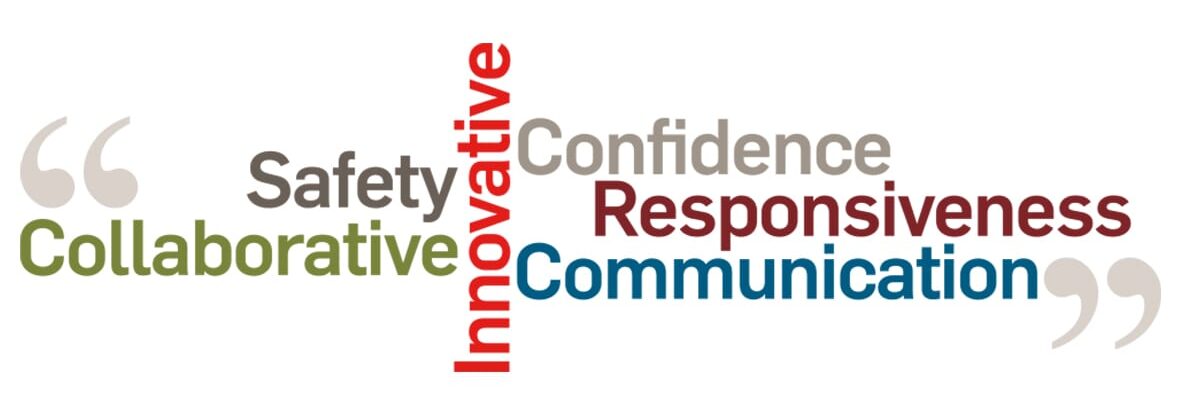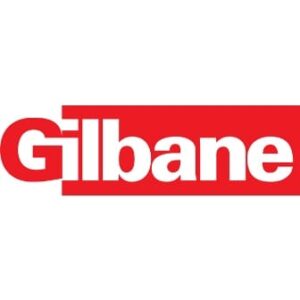1. The sales and pre-sell stage
This phase requires the sales and proposed operations team to learn about the client and understand their goals. It is critical to listen during this phase, be honest and avoid overpromising. People do business with those they like and trust; this is accomplished through tactical execution of all presell steps, including the key component of personal interaction. A goal in presell is to establish a pursuit “champion” who will show unwavering support, with an ability to influence the selection process.
2. Operations and project execution stage
Once a project is sold, the relationship shifts to the project team who are responsible for building relationships with all project stakeholders, including the owner, architect, engineer and project management firm. The key sales catalyst for repeat business is ultimately the operations team’s ability to deliver a project that meets the promises from the sales stage. A key aspect in securing repeat business is the project team documenting the “value add” they provided to the client. It cannot be assumed a satisfied client shows a relationship has been truly built.
3. Handover stage
At project completion, measuring results is vital. Part of achieving client satisfaction is providing documented project value that has been captured through the life of the project; this must be quantifiable, measurable and defined by the client as important. Gilbane measures client satisfaction using our customer survey, which is the foundation for our promoter program. The process begins with an expectations alignment meeting between the project executive and client within 30 days of project kick-off. Four surveys are distributed at various times throughout the project so the client can provide feedback on Gilbane’s team and project performance. The results determine corrective action as needed and serve as the foundation for continuous improvement.
4. Repeat Business stage
A team’s performance during the first three phases determines future repeat business potential. Companies cannot achieve sales, revenue and profit targets without a specific level of repeat business; this is all driven by customer satisfaction and the building of stakeholder relationships. Each client satisfaction journey should be personalized to achieve loyal clients who provide repeat business. Continuous follow up by the sales and doer-seller team after project completion is key to maintaining relationships. That relationship is the foundation for repeat business and for positive references that are critical to securing future sales.
Ultimately, repeat business is achieved through a disciplined sales process that begins with securing the project through team presell and developing a champion. The team must execute through flawless operations performance and quantify the value provided to all project stakeholders. All businesses require a long-term outlook that maintains relationships after the project is complete to position for future opportunities.


2 Replies to “The four-part plan to achieve client satisfaction and increase repeat business probability”
Steven DiBartolo
good reminder!
Chuck Berlinghof
Always good to learn how some one like Dennis Cornick has succeeded . I remember when he joined me in Princeton so many years ago.
I knew he would be a great asset to Gilbane. Always a team leader!
Comments are closed.